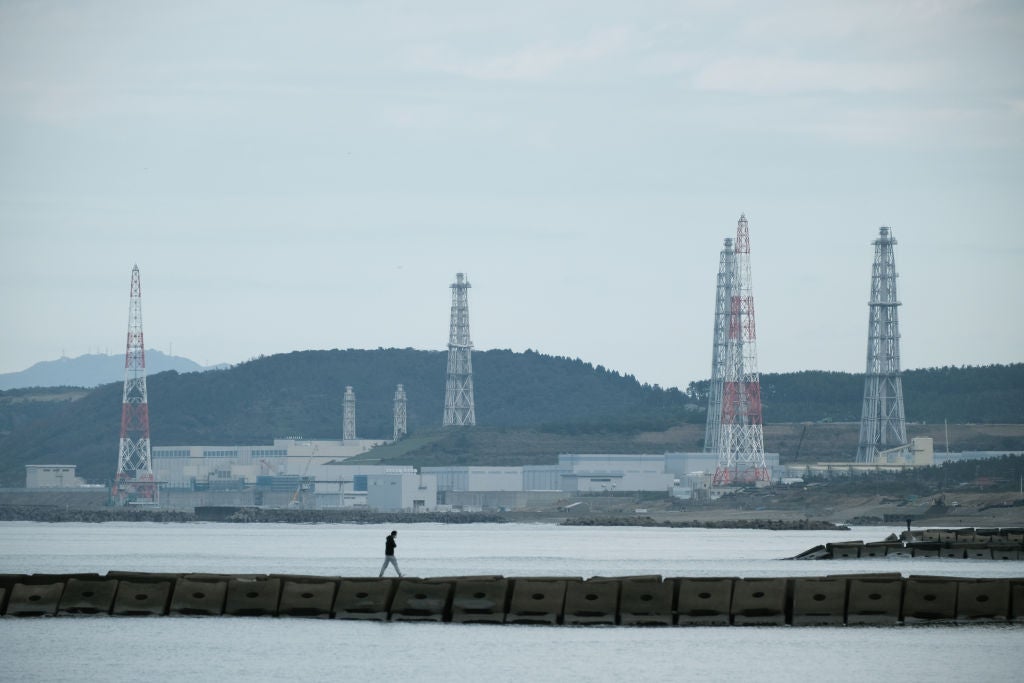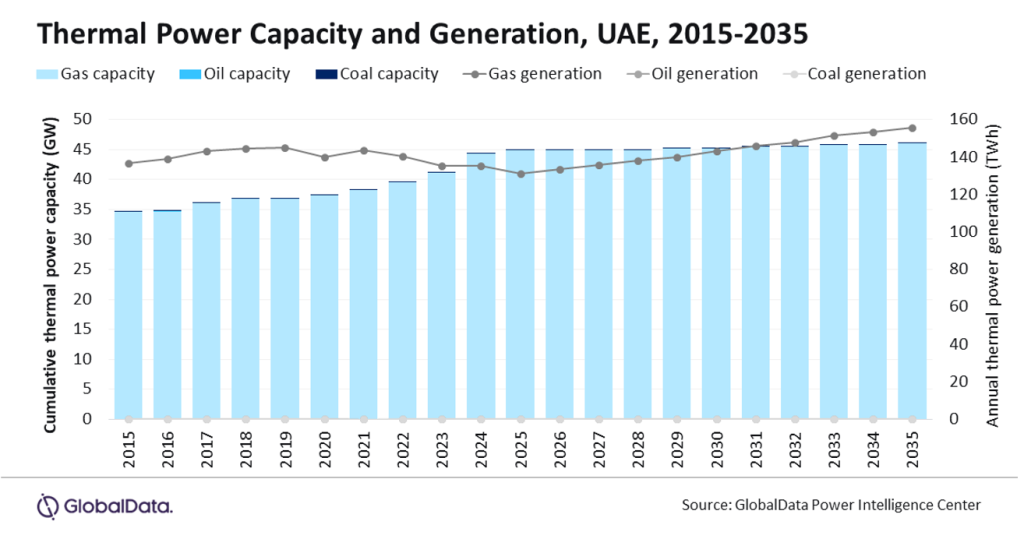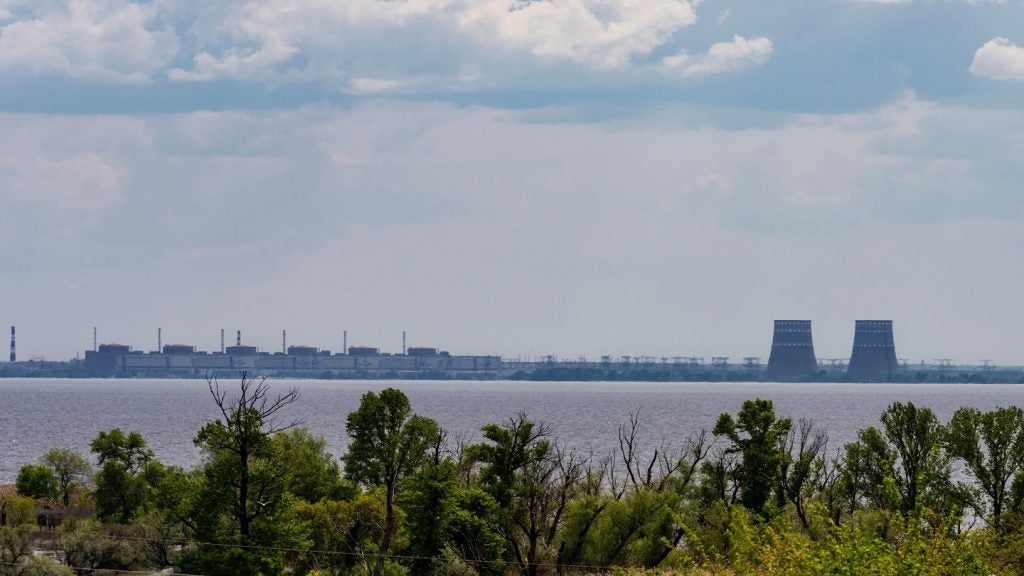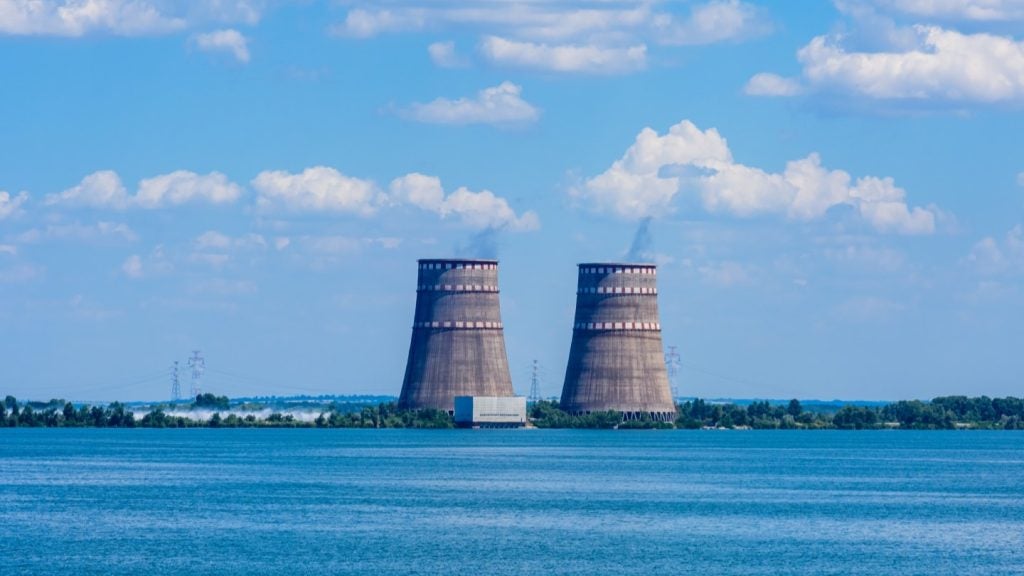
On a purely literal level, the question of what counts as renewable power is relatively straightforward. However, on a practical level, where government policy and economic incentives come into play, the question becomes more nuanced, and morphs into something closer to “does this energy source deserve support reserved for solar and wind power?”
With this in mind, nuclear energy and hydropower are obvious examples of power sources that are not carbon-intensive, yet lack the clean perception of more conventional renewable energy sources; nuclear for its unsafe reputation, hydropower for its environmental damage.
Yet in April, the European Commission updated its investment criteria for clean power projects, granting hydropower access to many of the same investment opportunities as other renewable sources, and leaving nuclear power out in the cold as the last remaining energy source not covered by the legislation.
Despite nuclear power’s limited carbon footprint, its potential for negative consequences, from damage to people and environments and concerns over the storage of waste, places it in an awkward position.
It is a carbon-free power source that shares many of the same disadvantages of fossil fuels, creating a situation where nuclear power does not fit easily into much of the Europe-wide legislation in place to encourage clean power investment. But could nuclear follow the example of hydropower in the future?
How well do you really know your competitors?
Access the most comprehensive Company Profiles on the market, powered by GlobalData. Save hours of research. Gain competitive edge.

Thank you!
Your download email will arrive shortly
Not ready to buy yet? Download a free sample
We are confident about the unique quality of our Company Profiles. However, we want you to make the most beneficial decision for your business, so we offer a free sample that you can download by submitting the below form
By GlobalDataChanges to hydropower
The recent changes to EU policy have seen new definitions in its Taxonomy Climate Delegated Act. The act, described by the EU as “an ambitious and comprehensive package of measures to help improve the flow of money towards sustainable activities”, aims to define which activities, and sources of electricity, ought to be considered sustainable for the purpose of receiving investment and financial support.
Hydropower was added to the forms of energy covered by the act in April, with its significant environmental potential among its key selling points. According to a source within the European Commission (EC): “Hydropower provides more than 35% of the renewable electricity generated in the EU [and] therefore plays an important role in our electricity system.
“Due to their large share of renewable power generation, flexibility, and large storage capacity, hydropower plants, of all sizes, are one of the key technologies. New improvements in turbine efficiency and re-powering could still contribute to additional electricity production.”
These benefits have culminated in the acceptance of hydropower to the Act, and could help tackle the high start-up costs of a power source that, like nuclear, requires considerable up-front investment. According to 2016 data from the US Energy Information Administration (EIA), hydropower had the highest average construction cost per kilowatt of electricity produced of any technology in the US, with its total of $5,312 per kilowatt more than double the second most expensive technology.
With nuclear a similarly expensive prospect, consider the cost of the UK’s Hinkley Point C ballooning to around $32bn for example, it could benefit significantly from inclusion in such a scheme as this.
“A careful alignment had to be found between the requirements of the taxonomy regulation, notably the ‘do no significant harm’ requirements and the requirements of existing law, such as the Water Framework Directive,” continues an EC spokesperson.
“The criteria have been revised to bring it into more explicit alignment with the Water Framework Directive. We believe the current criteria strike the right balance to protect ecosystems and water bodies, while promoting hydropower and without putting excessive administrative burden on users.”
Nuclear potential
While nuclear power may not fit this “careful alignment” of factors, there is little doubt that it has significant clean energy potential. A report published by the European Nuclear Society to coincide with this year’s COP26 summit pointed out that, since 1970, the replacement of fossil fuels with nuclear had avoided more than 604 gigatons of carbon dioxide equivalent, and helped prevent close to two million deaths from air pollution alone.
“The latest Intergovernmental Panel on Climate Change (IPCC) report also recognises that nuclear power is essential if the world is to keep global warming to below 1.5 degrees,” says Jessica Johnson, communications and EU stakeholders director at FORATOM, a trade association for nuclear power in Europe that represents 15 national nuclear associations across the continent.
Clearly, FORATUM has an interest in promoting the value of nuclear power, but there is significant independent support for the positive potential of nuclear. Johnson noted that nuclear will have to account for one quarter of Europe’s energy mix to meet its 2050 climate targets, and says that, “according to one of the IPCC scenarios, a six-fold increase in global nuclear capacity is needed if we want to achieve our climate goals”.
Investments in nuclear power since the 1970s have only increased, and have led to years of near constant power capacity growth. According to the World Nuclear Association, global electricity production from nuclear power has increased from around 50TWh in 1970 to over 2,500TWh in 2019.
Critically, the efficiency of these plants has jumped significantly too. In 1989, there were 420 active nuclear reactors, not far from the 442 in operation in 2019, yet the total volume of electricity produced by these reactors increased by around 800TWh over this period.
The increased efficiency of nuclear power has also led to a fall in the price of producing electricity from nuclear sources. While the construction of new nuclear plants remains costly, once facilities are up and running, their cost of producing energy is in line with, or lower than, many other power sources.
Figures from the EIA showed, in 2017, that the levelised cost of electricity generation per unit of output was 9.9 cents per kWh (c/kWh) for nuclear, compared to between 5.7c/kWh and 10.9c/kWh for natural gas, 12.3c/kWh for coal and 14.6c/kWh for offshore wind.
While the cost of producing nuclear remained higher than that of onshore wind and solar photovoltaic sources, it is clear that economic concerns ought not to be an obstacle to more widespread adoption of nuclear power.
Lessons to learn, challenges to overcome
Could nuclear follow the example of hydropower and see its status recognised by frameworks such as the EU act? It is certainly possible, especially considering the similarities between nuclear and hydropower as low-carbon energy sources, where the primary criticisms are high start-up costs and the potential for environmental disruption in areas where they are constructed.
If hydropower can see inclusion in such documents, there is hope that nuclear could share a similar fate, especially considering the increasingly desperate state of the world’s battle with climate change.
“Europe faces significant challenges if it is to decarbonise its economy in a sustainable way by 2050,” explains Johnson. “We have less than 30 years to achieve our goals, and so it is essential that policies be based on science. This is why we continue to insist that the EU must support all low-carbon technologies that are already available today.
“In our opinion, as long as such decisions remain science based, we believe that nuclear should be eligible for the same support as other technologies under the taxonomy. Indeed, achieving our climate and sustainability goals means listening to the science.”
Indeed, perhaps the greatest challenge for nuclear power in this area is not in demonstrating its worth, but for its supporters to coordinate a campaign to see the power source recognised by the EU act. The adoption of hydropower in the legislation came after protests from the International Hydropower Association, so perhaps a similar push from nuclear bodies will be required in the near future.
Johnson also notes that the group responsible for drawing up the act did not dismiss nuclear, only conceded that it did not have the authority to make a decision immediately, saying “the technical expert group, which originally conducted the assessment of the different technologies recognised that it did not have the right expertise to assess nuclear.
“Therefore, for the time being they could not recommend its inclusion, but nor did they recommend that it be excluded. They recommended that the Commission invite a group of experts with an in-depth knowledge of the nuclear lifecycle to assess nuclear against the taxonomy criteria.”
The pieces may therefore already be in place for the adoption of nuclear power in the future and, as with many bureaucratic processes, decision-makers may require an element of patience. As Johnson says, wheels are already in motion to see the EU’s definition changed further.
In this respect, at the end of March 2021, experts from the EU’s Joint Research Centre submitted their assessment of nuclear, concluding that nuclear does not cause more harm than any of the other power producing technologies currently considered as taxonomy compliant.







